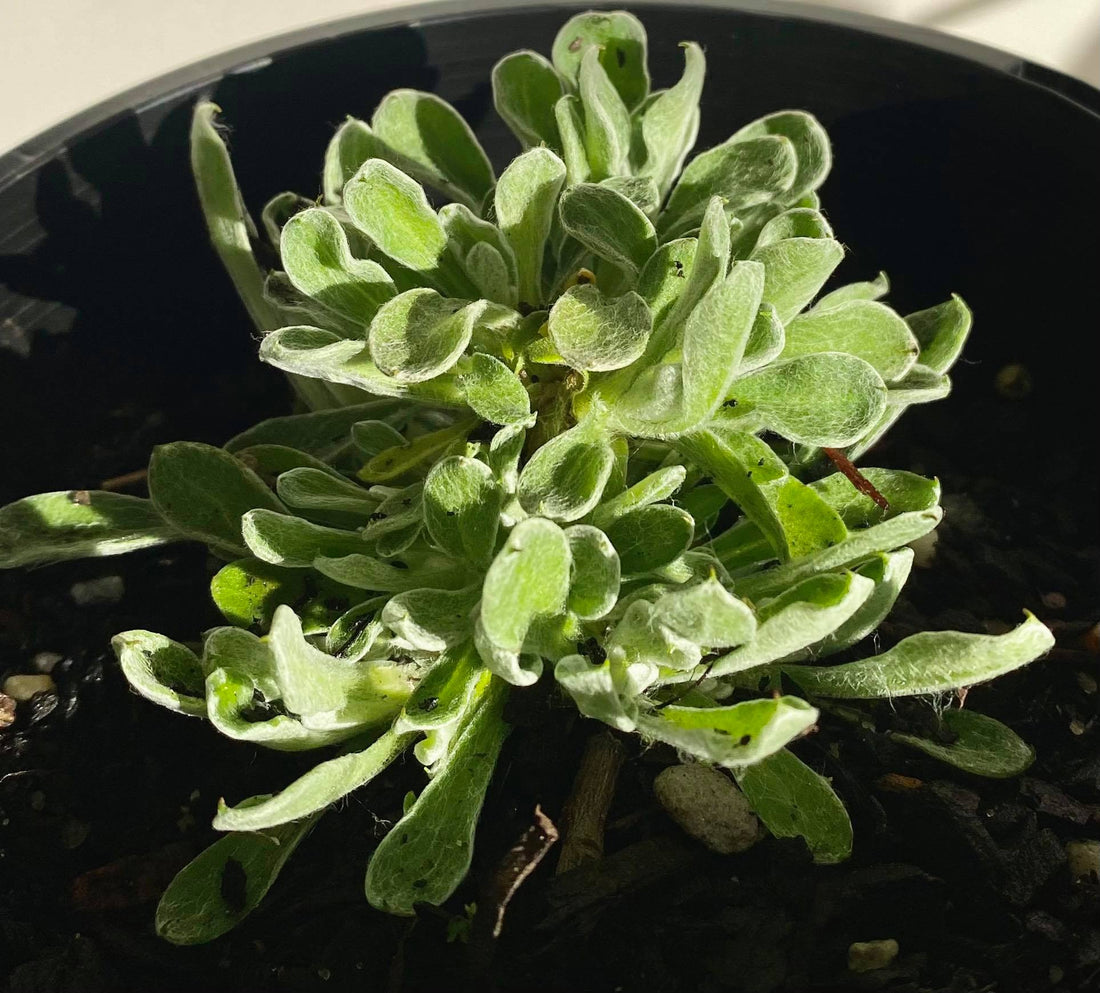
The Ultimate Guide to Bonsai: History, Care, and Styling 2024
Share
The Ultimate Guide to Bonsai: History, Care, and Styling 2024
Last updated 10/09/2024
Bonsai trees are miniature representations of nature, cultivated through careful pruning and training. This art form has a rich history and requires dedicated care and styling to maintain its beauty. Learn about the history, care techniques, and styling options for bonsai trees. For high-quality bonsai trees and accessories, visit Wholesale Plants.
History of Bonsai
Bonsai, an ancient horticultural practice, originated in China over a thousand years ago and was later refined in Japan.
Chinese Origins
- Penjing: The Chinese art of creating miniature landscapes, from which bonsai evolved.
- Cultural Significance: Represented harmony and the beauty of nature in Chinese culture.
Japanese Refinement
- Zen Influence: Adopted by Japanese monks and influenced by Zen Buddhism’s principles of simplicity and harmony.
- Modern Bonsai: The practice spread globally, becoming a beloved art form in many cultures.
Basic Care for Bonsai
Proper care is essential to keep bonsai trees healthy and thriving.
Watering
- Frequency: Bonsai trees require regular watering to keep the soil consistently moist but not waterlogged.
- Method: Use a gentle spray to avoid disturbing the soil and roots.
Light Requirements
- Indoor Bonsai: Place in a bright location with indirect sunlight.
- Outdoor Bonsai: Needs full to partial sunlight, depending on the species.
Temperature and Humidity
- Climate Adaptation: Bonsai trees should be protected from extreme temperatures and drafts.
- Humidity: Increase humidity around indoor bonsai by misting or using a humidity tray.
Soil and Fertilization
- Soil Mix: Use a well-draining bonsai soil mix composed of akadama, pumice, and lava rock.
- Fertilizing: Apply a balanced, slow-release fertilizer during the growing season.
Styling and Pruning
Styling and pruning bonsai trees require skill and creativity to achieve the desired aesthetic.
Pruning Techniques
- Structural Pruning: Early stage pruning to establish the tree's basic shape.
- Maintenance Pruning: Regular trimming to maintain the desired shape and encourage new growth.
Shaping
- Wiring: Use bonsai wire to shape branches and guide their growth.
- Clipping: Clip and train branches to create a balanced and harmonious form.
Popular Bonsai Styles
- Formal Upright (Chokkan): A straight, vertical trunk with evenly spaced branches.
- Informal Upright (Moyogi): A curved trunk with branches that suggest natural movement.
- Cascade (Kengai): A downward-growing trunk that mimics trees growing on cliffs.
- Forest (Yose-ue): A miniature forest scene with multiple tree trunks.
Repotting and Root Care
Regular repotting is crucial to maintain bonsai health and growth.
Repotting Frequency
- Young Trees: Repot every 1-2 years.
- Mature Trees: Repot every 3-5 years.
Steps for Repotting
- Preparation: Prepare a new pot with fresh bonsai soil mix.
- Root Pruning: Trim the roots to promote healthy growth.
- Replanting: Secure the tree in the new pot and add soil, ensuring the roots are well-covered.
Seasonal Care
Adjust your care routine according to the season to keep bonsai trees healthy year-round.
Spring
- Growth Stimulation: Resume regular watering and fertilizing as trees emerge from dormancy.
- Pruning: Conduct structural and maintenance pruning.
Summer
- Watering: Increase watering frequency during hot weather.
- Protection: Provide shade to protect from intense sunlight.
Fall
- Preparation for Dormancy: Reduce watering and cease fertilizing.
- Wiring: Complete any necessary wiring before the tree becomes dormant.
Winter
- Protection: Protect bonsai from frost and cold temperatures.
- Minimal Care: Water sparingly and avoid pruning.
Conclusion
Bonsai trees are a unique and rewarding addition to any garden or home, offering a blend of art and horticulture. With proper care, styling, and seasonal attention, bonsai trees can thrive and become beautiful, living sculptures. For high-quality bonsai trees, accessories, and expert advice, visit Wholesale Plants.
